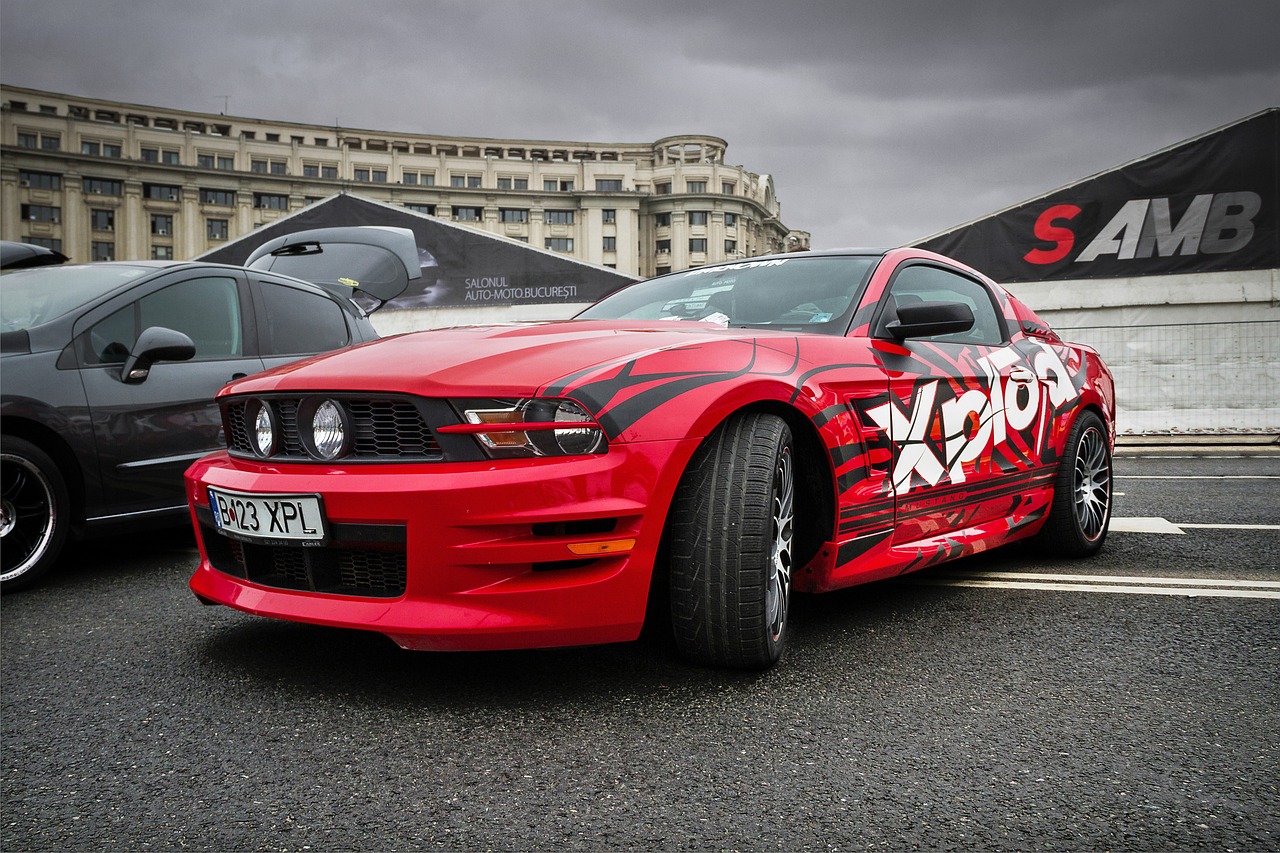Decal Placement Guide: Enhancing Your Car's Aesthetics with Strategic Decal Placement

Decals are more than just stickers you slap on your car; they’re an expression of your personality, your interests, and your aesthetic tastes. A well-placed decal not only beautifies your car but also draws attention to its unique features, accentuating the overall design. However, decal placement is an art, and doing it wrong can detract from the beauty of your vehicle. To help you achieve the best visual impact, this article provides a guide on where to place decals on different parts of your car, considering factors such as the shape of your vehicle, decal size, and alignment.
Understanding Your Canvas: The Car Shape
Before you get started, take some time to understand the shape and lines of your car. Every car has a natural flow that you don’t want to disrupt. Placing a decal in a way that runs counter to this flow can make it seem out of place. On sports cars, the lines are often aggressive and aerodynamic, while on an SUV, they are more upright and functional. Make sure the decal placement aligns with the natural design elements of the car.
Suggestions
Sports Cars
- Opt for Slimmer, Elongated Decals
Sports cars are known for their sleek, aerodynamic lines and aggressive styling. To complement this, choose decals that are elongated and slim.
Why This Works
Slimmer decals echo the natural aerodynamics of a sports car and accentuate its lines without becoming a focal point that disrupts the car’s inherent design.
Examples
Thin racing stripes down the middle or side of the car can elongate the car’s form. A long, narrow tribal or flame decal along the sides can also complement the car’s aggressive stance.
Placement Tips
Consider placing these types of decals running along the length of the car near the bottom side skirts, or even along the rear fender leading up to the spoiler, to maintain the car’s speedy look. Keep It Minimal
Since sports cars often already have intricate designs or unique color schemes, less is more.
SUVs and Trucks
- Opt for Larger, More Block-like Decals
SUVs and trucks are robust, and their design often speaks to their functionality and sturdiness. In this case, larger, more block-like decals are appropriate.
Why This Works
These vehicles have the size and presence to carry larger decals without it looking overwhelming. More significant, chunkier designs also emphasize the vehicle’s ruggedness.
Examples
Consider adventure or outdoor themes, large lettering, or even a full-door graphic that ties into the vehicle’s sense of adventure.
Placement Tips
The rear sides are an excellent area for these large decals, as they are wide and relatively flat. The tailgate of a pickup or the back of an SUV are also good places for a large, block-like decal. Embrace Symmetry or Asymmetry
With larger vehicles like SUVs and trucks, you have the flexibility to choose between symmetrical and asymmetrical decal designs.
Decal Size Matters
One of the most significant aspects of decal placement is the size of the decal itself. A large decal on a small car can overwhelm the design, while a tiny decal on a massive SUV can go unnoticed.
Suggestions
Small Cars:
- Stick to smaller decals that you can place around the edges of the car, perhaps on the fender or near the headlights.
Large Cars:
- Use larger decals that can be placed on the hood, doors, or the sides near the rear wheels for maximum impact. Ideal Areas for Decal Placement
Once you’ve got the right size and a sense of your car’s overall design, it’s time to choose the specific areas where you’ll place your decals.
Rear Windshield
- This area is excellent for text-based decals or smaller graphics, as it’s easily visible to other drivers but doesn’t interfere with your vehicle’s lines.
Doors
- If you have a larger decal, the upper or lower part of the door is generally a good area. Make sure it’s symmetrical on both sides for balance.
Hood
- A great area for a larger, centerpiece-type decal. Ensure that it aligns with the center of the car for perfect symmetry.
Fenders
- Smaller decals near the rear or front wheel arches can draw attention to custom wheels or other upgrades.
Bumpers
- Ideal for smaller, quirky decals but remember that they’re less visible when the car is in motion.
Roof
- This is a fun place for a decal if you want it to be visible from higher vantage points or tall vehicles like trucks and buses.
Tips for Perfect Alignment
Use a Tape Measure
- To make sure your decal is perfectly aligned, measure the distances from multiple reference points on the car.
Draft with Masking Tape
- Before removing the adhesive backing, place your decal with masking tape to see how it will look.
Double Check
- Always step back and look at the decal from different angles before you make it permanent.
Seek a Second Opinion
- Sometimes, it helps to have another pair of eyes to ensure everything is lined up perfectly.
Conclusion
Decal placement can greatly impact the aesthetic appeal of your car. By carefully considering factors like the shape of your vehicle, the size of the decal, and its alignment, you can create a visual masterpiece that enhances your car’s inherent beauty. Happy decorating!